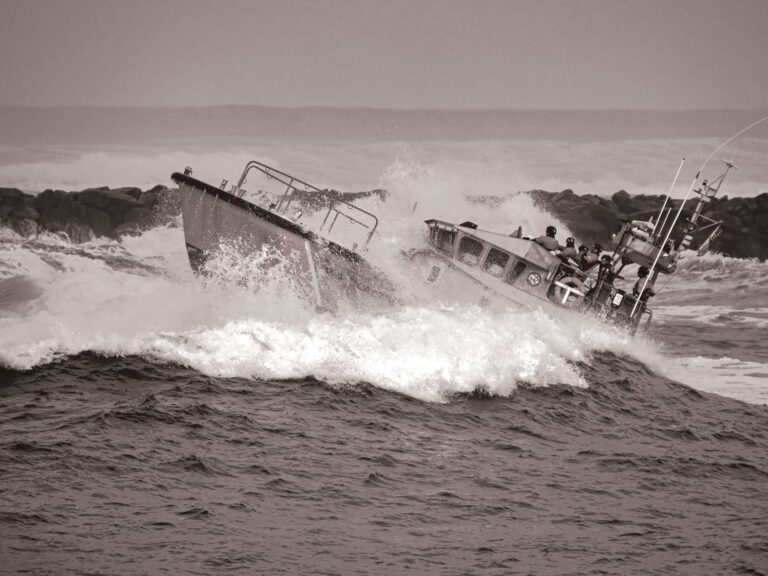
running out of gas
It’s happened to you, I know it. It happened to me once in the most public of settings. I was returning to harbor after a day of chasing fish when my boat stopped dead in its tracks. I threw out the anchor and inspected the outboard, hoping for some obvious and easily fixed reason for its conking. I looked at the fuel gauge–half full. After checking several other things, I opened a hatch and looked at the plastic fuel tank below–bone dry. Only then did I realize I’d emptied her in the middle of a regatta. Embarrassed, I told the Good Samaritan giving me a tow I wrote for Motorboating.
As far as your seamanship credentials go, fuel management counts. The long accepted and practical standard, in offshore fishing anyway, alot a third of your tank to get out, a third to get home and leave a third in reserve. Simple, but is your fuel gauge reliable enough to go on that alone? I thought mine was.
Digital fuel gauges provide instant data to your fingertips; modern seamanship dictates you analyze it. Look at the test numbers on every boat we’ve ever reviewed. Note the rpm, speed, gallons per hour, miles per gallon, and range. All numbers you can use with your boat, provided it has similar power, to approximate when planning a trip. Note also that our range calculations are based on 90 percent of fuel capacity, something you should employ when calculating for your own boat.
Looking back on it, my undoing in the end was not caused by that faulty gauge but by my own inattention. I’d gone fishing in a fall blitz and spent the morning sprinting between surface busts of striped bass and bluefish. I stopped keeping track and didn’t think about my fuel load again until it was too late. Make it a part of your routine to monitor your fuel consumption as regularly as you check the chartplotter, the compass, the weather, the radio and everything else you instinctively watch. Make it second nature and you’ll never wind up like me, dead in the water in the middle of a bunch of sailboats.








